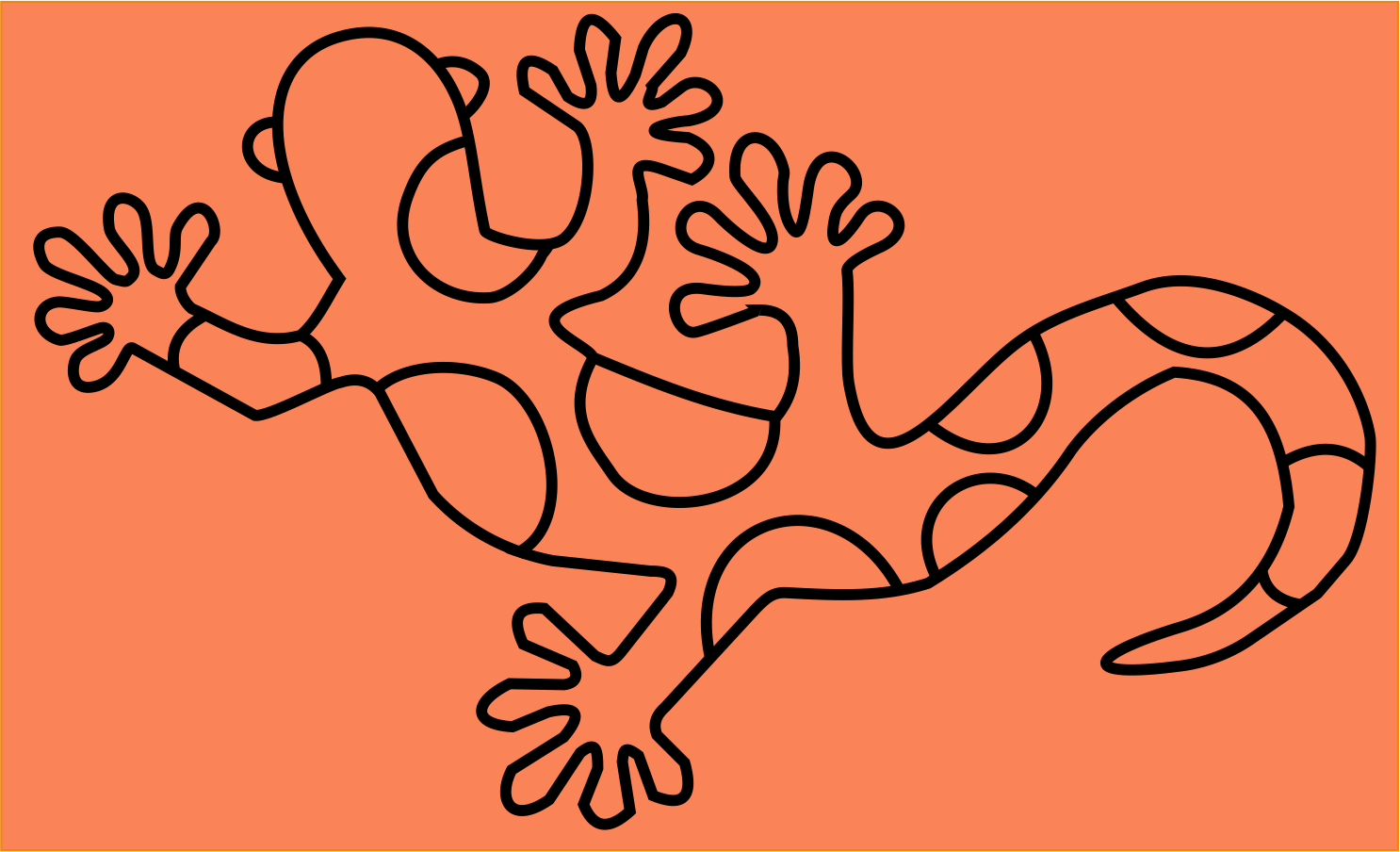GOODBYE BUSSAMARAI

This force was intended to bring peace to the frontiers but it soon became another, but more potent tool of the squatters and their henchmen.
Bussamarai, a dynamic Aboriginal leader from the Balonne, unified Aboriginal resistance. He and his associates attacked stations on the Macintyre, Condamine and the Balonne Rivers. Stations on tributaries such as the Weir, Dulacca and Muckadilla were equally at risk. Concerted responses by the Native Police, often with station-hands and squatters, resulted in massacres on the Macintyre, Yuleba and Balonne.
Bussamarai, because of his wide-ranging influence, soon became a target of the Native Police who killed him by Yalebone Creek. Surprisingly, while few white people felt safe from the marauding Mandandanji, Bigambul and Barunggam people, a lone white settler Paddy McEnroe survived as the most isolated white settler in Southern Queensland.
'Goodbye Bussamarai' is not a happy story but it is the truth, as best as it can now be discovered. Fortunately Hovenden Hely, who searched for Leichhardt in 1852, noted what was happening and ensured key elements were later publicised. He is proof that some white people really did care for the Aborigines who suffered the worst outcomes of unbridled competition.

A revised version, Goodbye Bussamarai (second ed, 2022) is now available from InHouse Publications and from Amazon and Kindle.
SYNOPSIS - GOODBYE BUSSAMARAI:
The Mandandanji Land War,
Southern Queensland 1842-1852
The author, Patrick Collins, is a psychologist whose maternal great-grandparents, Richard and Mary Burke, established stations on the Culgoa and Paroo Rivers in the late Nineteenth Century. During the 1990's his elder son, Mitch Collins, was the publican at Muckadilla.
These family connections and recent developments in Australian history, motivated Patrick to learn the truth about white settlement in Southern Queensland and Northern NSW. 'Goodbye Bussamarai' is a narrative compiled primarily from original documents. The text concentrates on the late 1840's and early 1850's. The land involved lies between the present day towns of Goondiwindi, Condamine, Miles, Roma, Mitchell, Surat and St George.
The story is not a politically correct bashing of white people. However, it does concentrate on how a few overly competitive squatters dealt with equally competitive Aborigines, who did not want to lose their land. The tools of the squatters were a small number of ruthless station-hands, who did whatever they had to do to survive. This soon led to the arrival of Frederick Walker's Native Police: Aboriginal troopers led by white officers.
An Overview of Goodbye Bussamarai, 2022
This revised edition of Goodbye Bussamarai is in three parts.
Part A is a long preface. It provides additional information about elements of the book rather than the story. However, because so much has happened during the last nineteen years, this information has been included in three “Preface Topics”, plus “Acknowledgements”.
The first preface topic is about the recent verification of “Bussamarai” as this elder’s authentic name. The second provides an overview of the author’s ideas about discrimination, especially racism. The third topic provides details of changes that have been made to the original text. e.g., the removal of words that some Indigenous Australians now reject.
Readers who have little interest in the Preface Topics, could bypass these and go straight to Part B.
Part B is a revised version of the original (UQP 2002) edition, which documents much of the southern Queensland land war and the first involvement of Native Police in future Queensland. The “story” is essentially unaltered, but information that was not available during the original research has been added to some sections. For instance, fabricated details about a verified massacre by colonists, without Native Police assistance on 24 July 1851, and similar frontier violence that Thomas Davis recorded in his rediscovered “recollections”.
Thomas, father of the author “Steele Rudd”, spent two years as mail contractor on the Condamine-Balonne, where he witnessed horrendous events.
Part C comprises two addenda. Both address damaging, erroneous statements published about significant content in the 2002 edition of this book. They now apply to this 2022 edition also. For instance, in an often-cited Griffith University doctoral dissertation and in a UQP book The Secret War. In both publications, which are still promoted by these institutions, the author claims that I confused two militant people with the surname “Walker”.
If I had done this, ten of my seventeen chapters were rubbish. Unfortunately for this author, the “Walker” he said was involved, was not even in southern Queensland during the period I wrote about. However, this writer, Griffith University, and UQP still refuse to inform readers about this and his other errors via published corrigenda or on websites. Researcher Simon Whiley and Patrick Collins address this “truth-telling” problem and damaged history in separate Addenda.
To search this website, please use the search box in the top right hand corner. You can also use Control & F to bring up a search box for the page you are on. There is also a search function in the top menu of the pdf viewer to search for content in the pdf file of the book.